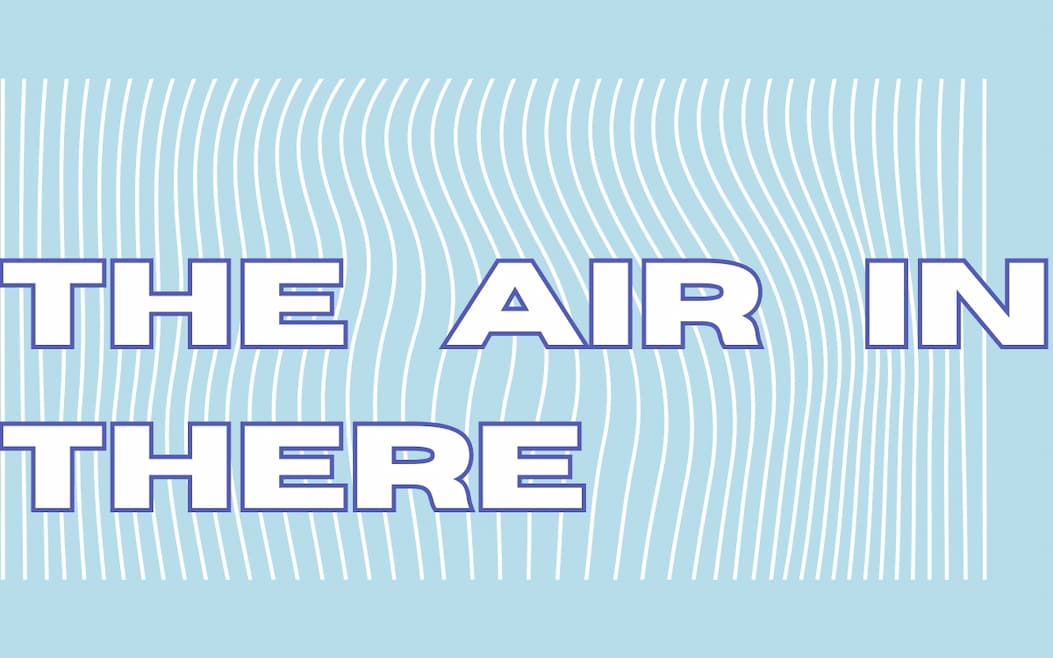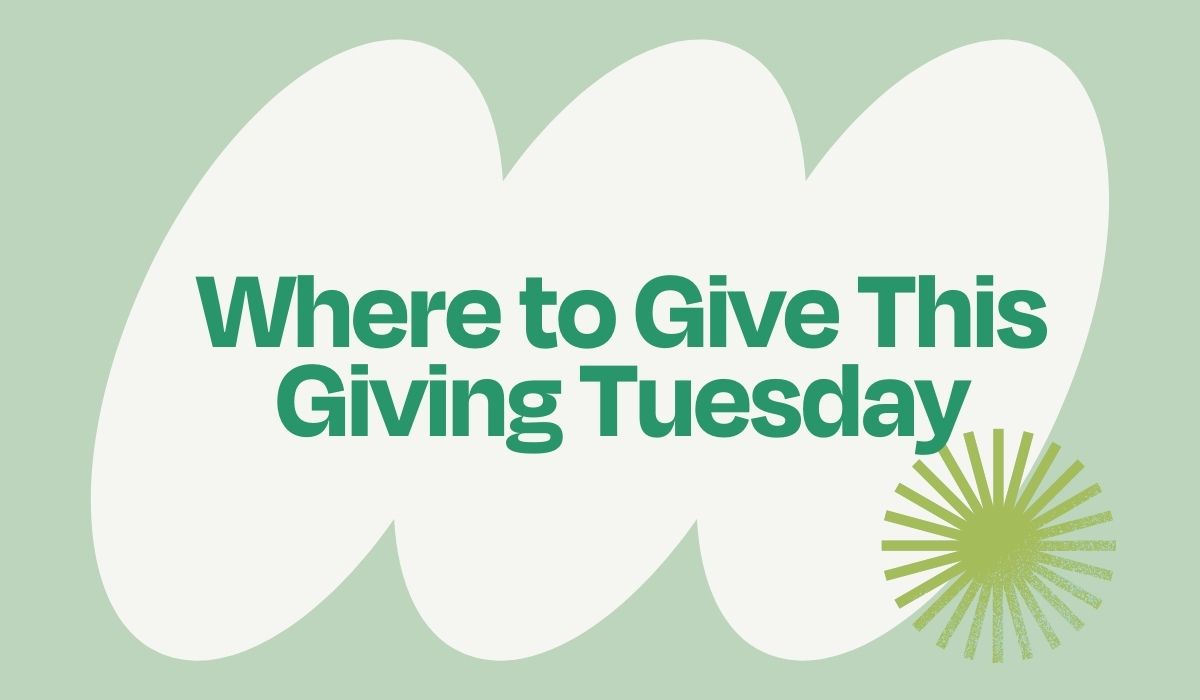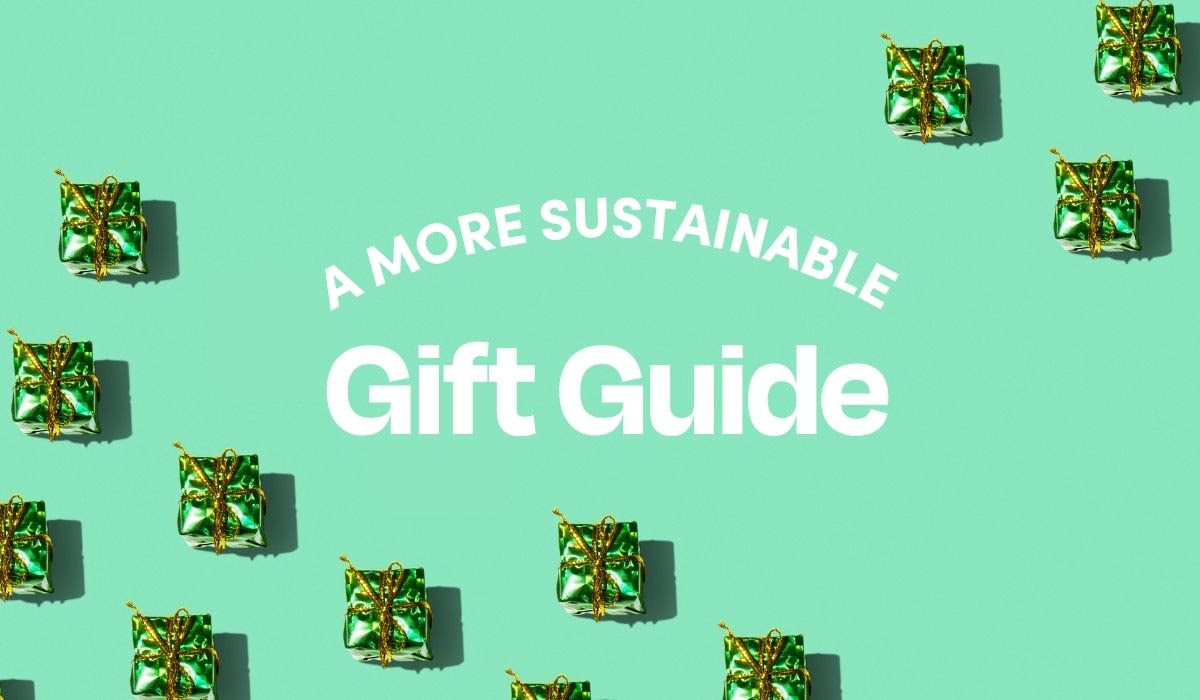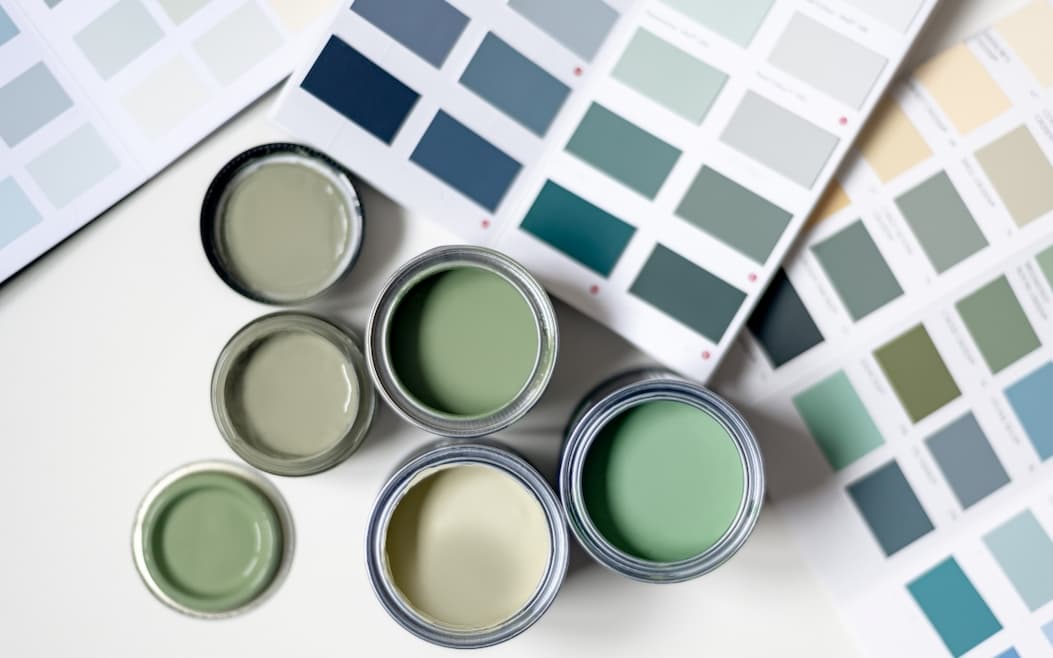Made Safe
How Do You Define ‘Made Safe’?
The Made Safe program is a nonprofit organization that has created a product certification that identifies products that aren’t “toxic” to human and planetary health. The Made Safe certification ensures that a product is made without any chemicals found to be harmful in its ingredient database. This list of ingredients is assessed for a variety of human health impacts, bioaccumulation, persistence, and general and aquatic toxicity.
–
Is Made Safe regulated?
Yes. While Made Safe certifications are not regulated by the government, there is an internal process, including an audit of six forms of potential environmental and human toxicity.
How does the Made Safe certification work?
Companies of any size can apply for a Made Safe certification, and the cost of the audit process is adjusted to make the certification accessible. The product then goes through an audit process conducted by Made Safe, and its ingredients are screened for behavioral toxins, carcinogens, developmental toxins, endocrine disruptors, fire retardants, heavy metals, neurotoxins, high-risk pesticides, reproductive toxins, toxic solvents, and harmful VOCs (Volatile Organic Compounds). This audit process contains deeply researched and scientifically supported information to examine not only human health, but also environmental hazards. As the final step in the revision, Made Safe walks the company through the results to help companies identify potential areas of risk and develop strategies to address these problematic ingredients and identify substitutions.
What kind of products have Made Safe certification?
Made Safe makes it easy to identify certified products through their shopping center. They offer products in apparel, baby and child, bedding, cosmetics, personal products, pets, household, and more. Anything from bathrobes to toothbrushes, Made Safe has you covered. If you’re looking for a deeper dive, check out our Wise Guides for the why.
So… is a company “good” if it has a Made Safe certification?
Well… maybe. We do have a bone to pick about the use of “toxic” to describe ingredients. To be honest, ‘non-toxic’ doesn’t actually mean much of anything, and it’s not regulated. In fact, no chemical or material is purely “non-toxic”. However, because Made Safe describes what it means when discussing toxicity, we’ll let it slide. When it comes to environmental and human health, the Made Safe certification does conduct a rigorous assessment to make sure products don’t contain ingredients that can cause human and planetary harm. However, while it does look into packaging in addition to ingredients, the Made Safe certification doesn’t address human rights along the supply chain, labor practices, or sourcing concerns like deforestation and biodiversity. Heck, one certification can’t do it all! In addition to the Made Safe certification, check out our Glossary Index to look at the intersectional impacts of ingredients you may find in your favorite products.
Still want to learn more? Check out some of our favorite references:
Finch is your guide to all things sustainability.
Unlock unlimited articles, comprehensive product guides, and sustainable product recommendations to help you make better decisions every day.
SubscribeLearn more about our sources and methodology
LEARN MORE









